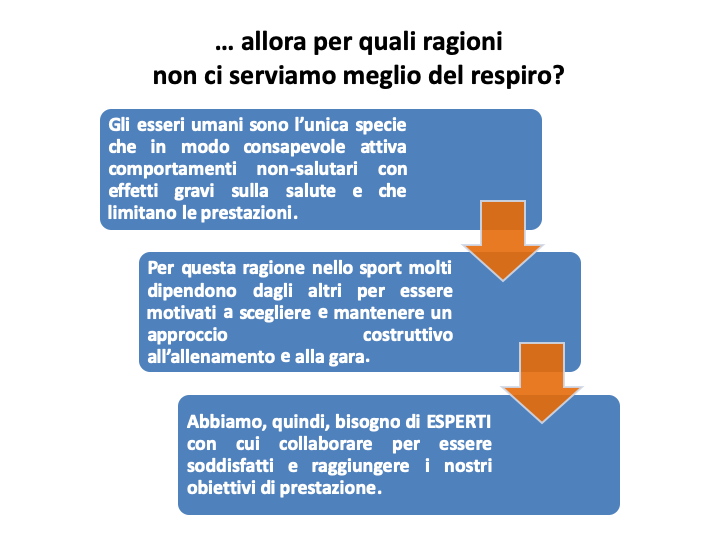The psychological training of athletes should develop according to the basic concepts of training, which are basically about passing:
- from simple to complex
- from exercises of a general nature to those specific to the discipline practised
- from a reduced to a longer time duration
- to be driven in relative comfort to more stressful and challenging conditions
The proposal formulated in the previous blog responds to these needs.
- The first exercise is simple and basic (do a deep abdominal breathing)
- The second exercise is of a general nature and applies to any sport.
- The third exercise is specific (in this case for tennis)
- Finally, the third exercise can be done in your comfort zone, but afterwards you can add environmental or personal stress conditions
Here is a simple and practical explanation of what has been said above and that brings the psychological preparation closer to the rules and methods of physical and technical-tactical training that are well understood by every athlete. In this way it promotes a better and more effective understanding by athletes and coaches of the purposes and effects of mental training.







